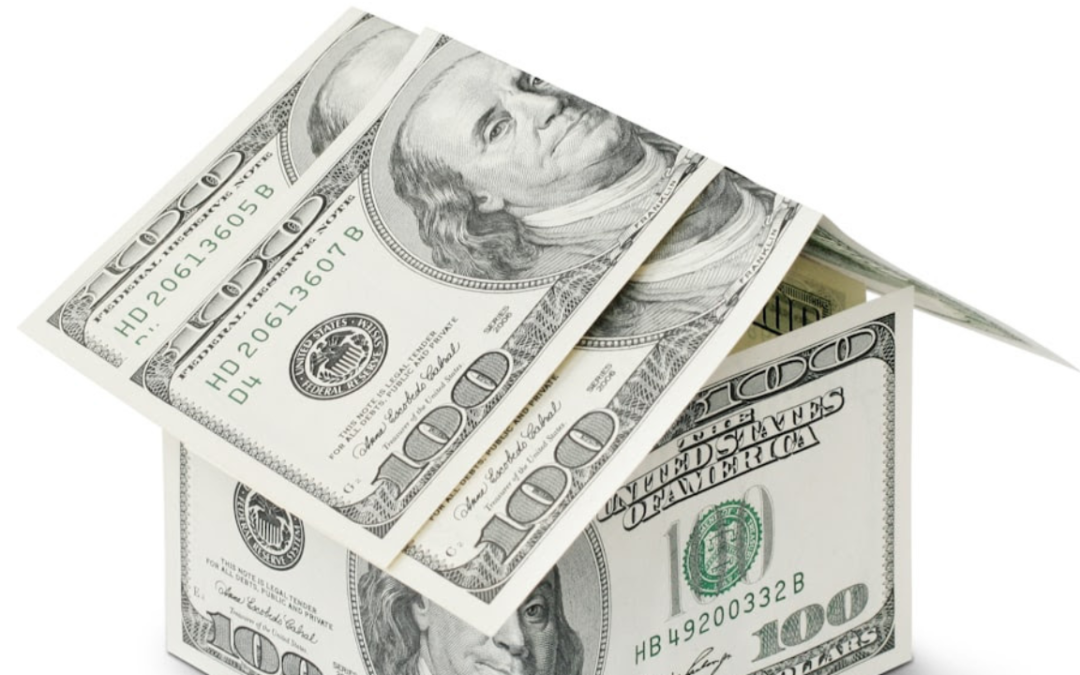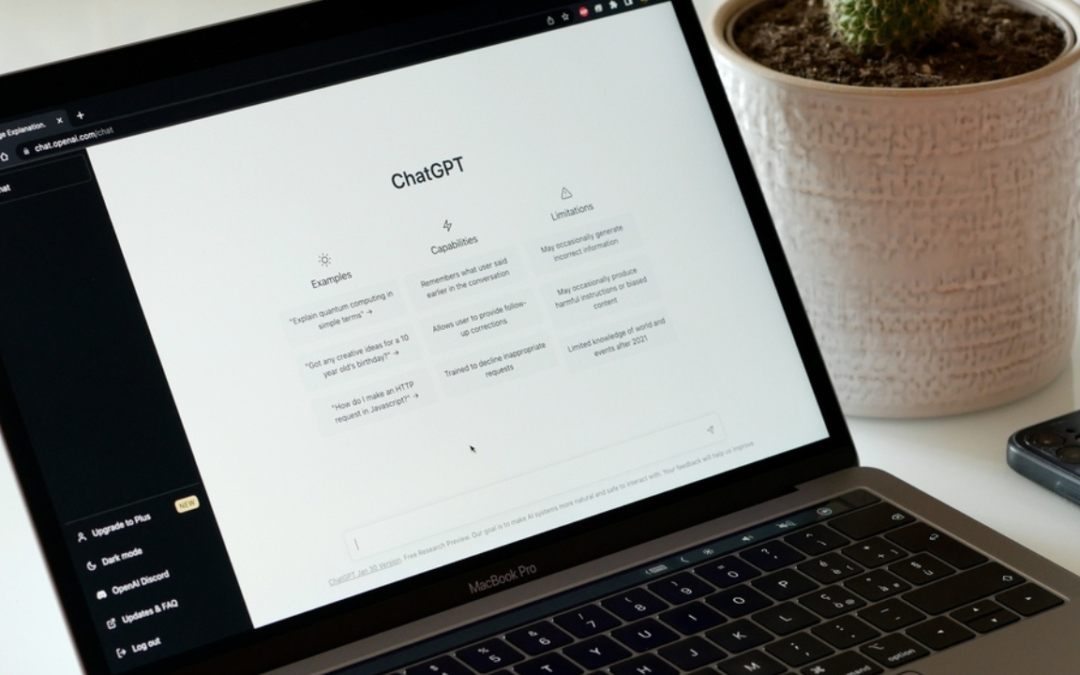The financial markets are full of interesting events. It is often hard to step back from the daily noise and ask the fundamental question: ‘How are we really doing?’
This question matters, because within it are the ones that will determine our long-term well-being, such as: Is our economy improving? Are improvements likely to last, or are they just short-term? Is government functioning as it should, or at least moving in the right direction? Are people united enough to face hard choices and seize opportunities?
Let’s Start With Recent Headlines
The U.S. Department of Labor just announced 916,000 jobs gained in the month of March, and that unemployment has fallen to 6%. This is unequivocally good news, even more so because job gains were broad based, with a big chunk in the leisure and hospitality industries. Moreover, the data are backward-looking and don’t account for accelerating vaccinations, business openings and fiscal stimulus in the form of $1,400 checks to many Americans. Although a recent spike in infections in some states is a threat to positive momentum, about 30% of US adults have been vaccinated (at least one dose), and it appears unlikely that – barring a new mutation – the pandemic will undermine the recovery trend. Indeed, some economists now believe unemployment may return to pre-pandemic levels by the end of 2021, even if the Federal Reserve is more cautious. The chart below highlights the overall encouraging trend, though it is worth noting that even with recent improvements, the US still employs 8.4 million fewer Americans than at this point one year ago.
Beyond accelerating vaccinations, a key to a sustainable jobs recovery lies in consumer (and business) confidence. Will Americans start flying again, going on holidays, eating out, going to movies, and do those businesses that provide such services feel ready to staff up accordingly, including with permanent workers?
Last week the Conference Board published a survey that showed U.S consumer confidence at its highest level since the start of the pandemic. And importantly, today Americans have about $1 trillion in savings that they didn’t have before Covid-19, a potential source of stronger consumer demand. Meanwhile, the federal government is doing its part to stimulate spending via direct transfers to eligible Americans. A recent SurveyMonkey poll highlighted some encouraging trends. As vaccinations accelerate, 35% of Americans are likely to spend more on travel over the next 12 months than is usual and 28% more in restaurants. Overall, 57% of Americans expect to spend money like they used to before the pandemic.
That sounds good, but 57% means a chunk of Americans may not be planning to spend more. Remember, one of the key lessons of past recessions is that confidence lost takes a long time to return.
So, as we wrestle with the big unknowns of employment and confidence, it is a good time to assess what the twin bazookas of fiscal and monetary policy are doing to support the recovery and what the unintended consequences might be.
Fiscal Policy: All Guns Blazing, Taxes Coming
Last year, Congress passed the Cares Act, a $2 trillion coronavirus stimulus bill. So far this year it is the American Rescue Plan, a $1.9 trillion COVID-19 relief bill (including $1,400 checks for most Americans) and next up is the American Jobs Plan, President Biden’s proposed $2.3 trillion infrastructure proposal. Infrastructure is broadly defined to include a lot more than just building or fixing physical things, such as funding for day care, pre-K education, free community college, paid family and medical leave, combating climate change, augmenting “equity,” etc.
All this spending will help stimulate huge swaths of the economy and boost economic growth. But there is no free lunch, even during a pandemic. Fresh spending requires higher taxes. Specifically, a partial unwind of the 2017 corporate tax cut (an increase from 21% to 28%, but still well below the 35% pre-2017 level), an increase in the top personal income tax rate, a change as to how capital gains are taxed, a potential ‘billionaires’ wealth tax and altering the federal estate tax rules are among the options under consideration.
A rising corporate tax rate will inevitably reduce after-tax corporate profits, possibly knocking 3-6% off 2022 earnings estimates, which is already at least partly reflected in forecasts and market expectations. Individual sectors will be affected differently. It probably makes sense to assume a smaller tax increase in whatever legislation eventually makes it through Congress, but the emphasis on ‘building back better’ should still accelerate the rotation already underway from growth stocks (e.g., technology and communications) to cyclical stocks (industrials, energy and materials).
Monetary Policy: Support Everywhere, Forget Inflation
The Federal Reserve has made it clear it doesn’t plan to take away the proverbial punch bowl anytime soon. It has pledged to keep its benchmark overnight lending rate around zero until the economy reaches full employment and inflation hits 2%. Importantly, the Fed will allow inflation to run above 2% for some time, with the central bank’s forecasts suggesting no hike in short-term interest rates until 2023. That all adds up to a highly dovish stance, with a capital “D.”
As we have noted in these pages before, markets may test the Fed on its inflation overshooting commitment. Bond yields are now at their highest levels in over a year. The market consensus is that a combination of monetary and fiscal policy stimulus, alongside effective vaccinations that speed up economic re-opening and boost spending will jump-start growth and drive inflation higher. Treasury yields suggest that, for the first time since late 2018, US five-year average inflation in five years will exceed the Fed’s target. And the real economy is starting to reflect the same, as anyone looking to buy a house knows. The S&P Case-Schiller 20-metro-area house price index has been rising double digits, per month, its fastest rate of increase in 15 years. Demand is up, supply is constrained, and prices are responding.
A Looming Spectre?
If you lived in Germany, the spectre of inflation (beyond central bank expectations) would probably be quite worrying. Germany, after all, experienced the horrors of runaway inflation during the Weimar period of 1921-23, an economic disaster seared in the nation’s collective memory. Germany had just lost WWI, its economy was in tatters and it had huge debts to pay. The ensuing monetization of government deficits fired up the monetary printing press. Logical, as few other options were possible. But the end result was wheel-barrow transactions, literally mounds of nearly worthless paper money required to make the simplest purchases of bread, which in turn resulted in a collapse of confidence among the citizenry. Little wonder, as the price of a cup of coffee rose multiple times each day.
But in the United States, mass unemployment and deflation, not inflation, inform the collective memory stemming from the 1930s. America is haunted by the images of dustbowls and forced migration, depicted by Steinbeck. Perhaps that is why policymakers don’t seem overly concerned about accelerating inflation. How else to explain the Fed’s fundamental shift in one of its two key mandates, the 2% inflation target?
As we embark on a fiscal spending program not seen since the days of FDR, it is worth keeping a close eye on inflation dynamics, and specifically on three related questions.
First, what will the US do with piling fiscal deficits and a growing debt burden, which for generations will require hefty interest payments, say nothing of repayment? Second, what would happen if, instead, political pressures mount to monetize the debt even after the economy is restored to full employment?? And third, what happens if the combination of fiscal and monetary stimulus, as well as surging private demand as the economy reopens, creates a situation of shortages as demand exceeds various supply constraints?
Weimar Germany would tell us these kinds of questions have a simple answer – a real risk of ruinous, runaway inflation. But, the United States is the world’s largest economy, enjoys reserve currency status, has the ability to borrow cheaper than anyone else, and has historically been the most dynamic innovator on the planet. Surely any analogy to post WWI Germany is misplaced, right?
The curse of unintended consequences is that they are by definition impossible to foresee. The US economy is recovering and financial markets are on a tear with bullish sentiment supporting a bright 2021 and beyond. But it would be a mistake not to step back and look hard at the unfolding dynamics. History suggests that the policy response to a crisis often sows the seeds of the next crisis.
An economic crisis, should it follow, could strike at a particularly vulnerable time. The last four years have raised legitimate questions about the unity of the country and the functioning of its democracy. Healing divisions probably requires tranquility and prosperity. From the New Testament to the words of Abraham Lincoln, many have repeated the maxim that ‘united we stand, divided we fall’. When great and unforeseen challenges confront a nation, this common phrase takes on existential meaning.
In the 1970’s, the United States faced runaway inflation. Yet back then, for all the problems of the time, the US was a more united and optimistic nation, capable of undertaking hard collective challenges. Fed Chairman Paul Volcker could raise interest rates to an unprecedented 20% and beat back raging inflation, even at the cost of deep recession. The short-term pain was widespread, but so was the collective will to support and endure.
Today, as the Biden Administration unleashes the full power of the Federal Government to heal the economy and the public, it is an opportune time to take stock and ask: How, given the country’s deep political divides, will Americans respond to the next wave of unintended consequences that will, all but inevitably, result from today’s massive government policy responses?
America is a ‘can-do’ country, but it faces enormous challenges, not merely in building back (better), but in confronting fundamental tasks it has long avoided. Most important among these is finding a sustainable balance between individual freedom and shared aims.



